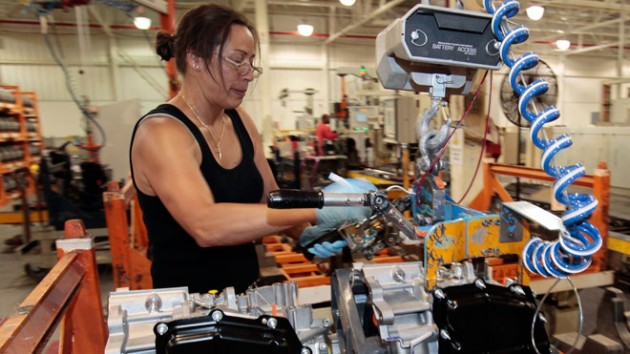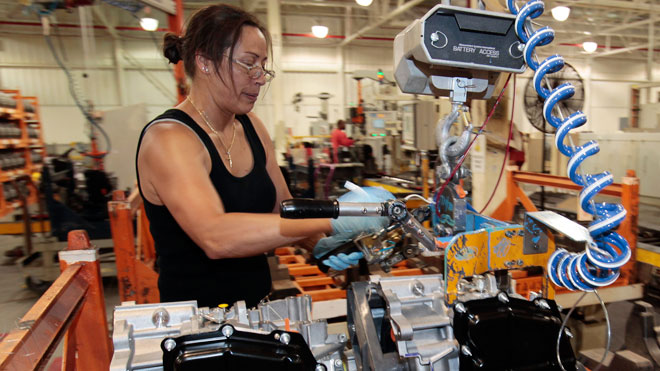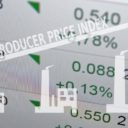

Producer prices reported by the Labor Department. A Ford Factory worker on the assembly line. (Photo: REUTERS)
U.S. producer prices unexpectedly fell in May as costs declined across-the-board, adding to the Fed view that inflation pressures are easing.
The Labor Department said on Friday its producer price index for final demand ticked down 0.2 percent, which was a staunch reversal from April’s 0.6 percent increase. The April index showed the largest gain in 1-1/2 years.
Economists polled by Reuters had forecast producer prices increasing again, but by just 0.1 percent.
The Labor Department adjusted its PPI series at the start of the year, to include services and construction. However, the index has been volatile due to prices received for trade services, making it hard to get an accurate read on inflation.
Wholesale prices suggested a pick-up in inflation pressure over the past few months, but if accurate, Friday’s report counters the past trend.
In the 12 months through May, prices received by the nation’s farms, factories and refineries together increased by 2.0 percent, a slowing from April’s 2.1 percent gain.
Meanwhile, even though the average American would say otherwise, the Labor Department report said wholesale food prices dropped 0.2 percent after increasing for four consecutive months. Further, gasoline prices reportedly dropped 0.9 percent, a reading not in line with a report released yesterday. The situation in Iraq is most assuredly going to have a negative impact on gasoline prices and will likely reflect next month’s report.
Prices received for services at the final demand level also dropped by 0.2 percent, a reversal from the 0.6 percent gain in April. Excluding food and energy, two of the largest factors influencing the index, producer prices fell 0.1 percent in April after increasing 0.5 percent the prior month.
Despite suggestions that the report shows inflation is being held at bay, the overall trend suggests it isn’t. In the 12 months through May, the core PPI for final demand rose 2.0 percent, adding to the 1.9 percent increase in the period through April.





